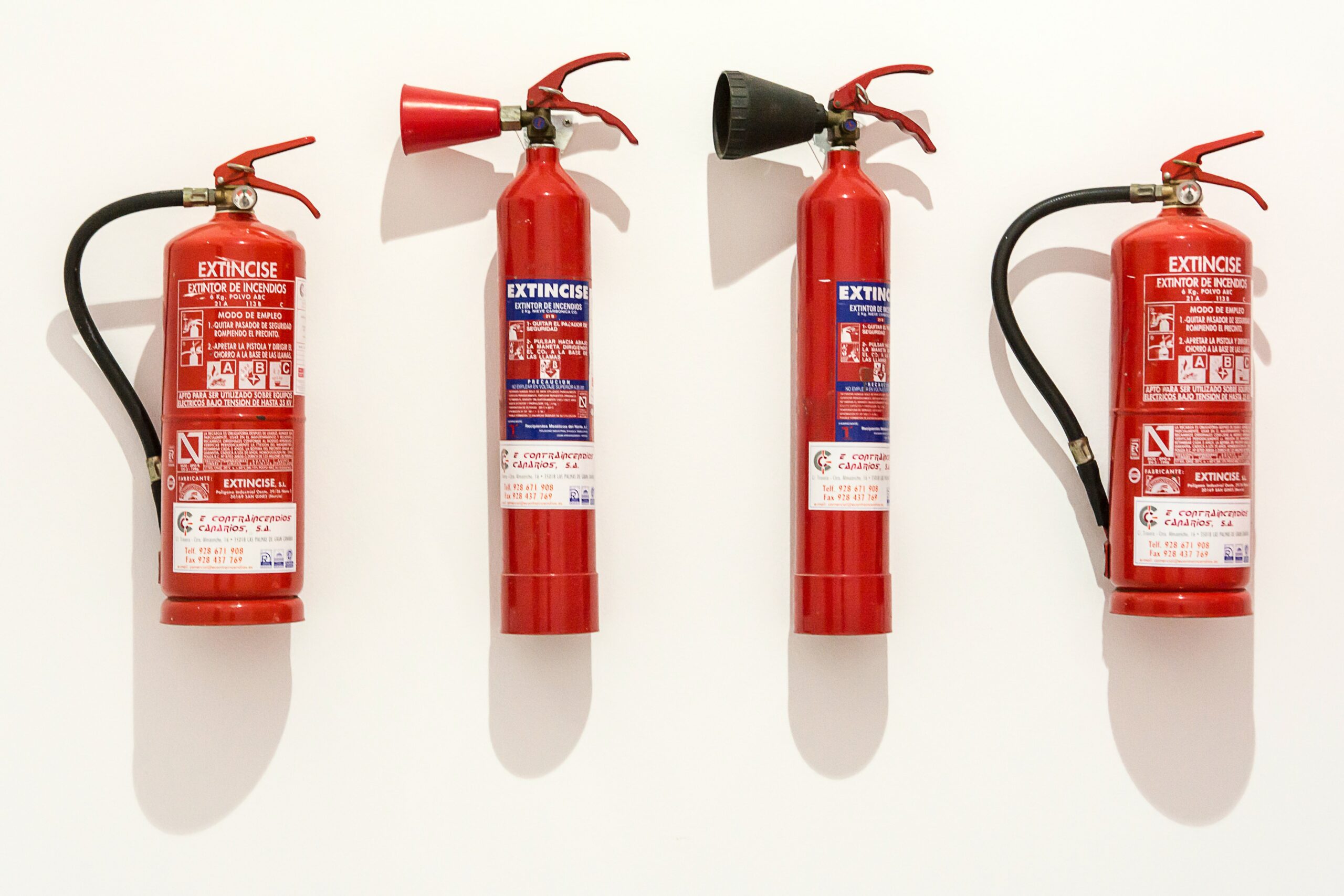
Fire extinguishers are vital pieces of equipment that can be the difference between life and death. The difference between stopping a crisis or experiencing the total loss of something you have worked so hard to achieve. The difference between laughing over a kitchen mishap or crying over thousands of dollars of damage to your home.
Everyone knows the reasons why they should have fire extinguishers in their homes, their cars, their workplaces, and on camping trips. Most of us know how to use a fire extinguisher and believe it or not everyone from toddlers to the elderly is capable of using a fire extinguisher with little to no training. In fact, all most people have needed in order to operate a fire extinguisher in emergency situations are the pictures on the side. However, there is one thing that most people don’t know about fire extinguishers; when to replace them.
10 is the Magic Number
While there may be some debate on the exact number, most people agree that fire extinguishers should be replaced every ten years. For most people, the ten-year mark is the point at which they start to see some malfunctions and wearing on their extinguishers that would leave them ineffective in an emergency situation. Higher-quality fire extinguishers and commercial fire extinguishers may be able to be recharged and be good for another ten years, but for most household fire extinguishers, ten years is their limit and they should be replaced.
What Necessitates Immediate Replacement?
While extinguishers should be replaced every 10 years, there are things that necessitate immediate replacement. These problems and defects can cause serious malfunctions in a fire extinguisher or cause them to not operate at all. Nothing would be worse than needing to use your fire extinguisher only to realize it should be replaced. Here are the most common issues that may show up with your fire extinguisher that call for immediate replacement.
- A pressure gauge not in the green zone indicates a leak somewhere and means a new extinguisher is needed.
- The nozzle is clogged, ripped, torn, or clogged with debris. Without a proper nozzle, your fire extinguisher will not perform in the way that it is intended to.
- If the locking pin is missing the fire extinguisher should be replaced.
- If the handle is unstable, and wiggles from side to side, a whole replacement may be needed.
- A cracked hose will make your extinguisher inoperable and will necessitate a new one.
The most obvious, and easily checked, item on this list is the pressure gauge being in the green zone. Every fire extinguisher will have a way to make sure that it is charged and in optimal working condition. If the gauge isn’t where it is supposed to be a new unit should be acquired right away.
How to Make it to 10 Years
Just like with a car or any other piece of equipment, proper storage and maintenance are key. An improperly maintained fire extinguisher will be lucky to make it to five years and one that is well-maintained may make it a couple of years past ten. However, the ten-year mark is the magic number that professionals use to keep their homes, businesses and families protected.
Businesses will perform maintenance checks on their fire extinguishers every month and it is good practice to keep up with that frequency in the home as well. For many that don’t want to check every month, they inspect their extinguishers bi-annually on set dates such as daylight savings time or pick holidays about 6 months apart such as Christmas and the Fourth of July. Maintenance is easy and should just be the following.
- Inspect mechanical parts
- Inspect physical condition
- Check extinguishing agent
- Check mean of expulsion
- Check pressure gauges

